
by Erika Zambello
I disembarked at Guana Tolomato Matanzas National Estuarine Research Reserve (mercifully abbreviated to GTM NERR) with a group of practitioners, researchers and ecologists from around the world. The group…
Read more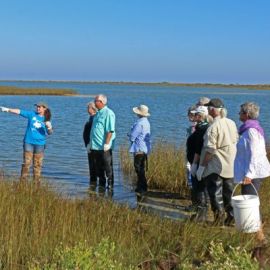
by Erika Zambello
Apalachicola Bay has long been famous around the world for its thousands of acres of oyster beds. In fact, in the past, 90 percent of Eastern oysters served in Florida were from Apalachicola.
Read more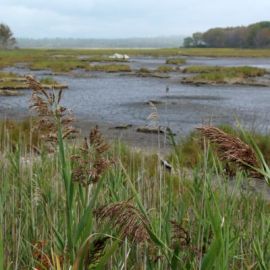
by Erika Zambello
Wells Reserve on the coast of Southern Maine was designated in 1984 and encompasses 1,600 acres. The reserve staff facilities sit within beautifully restored farm buildings.
Read more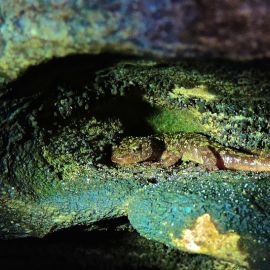
by Wally Smith
This is the case with the green salamander, one of the most unique amphibians in the salamander-rich Appalachian Mountains. The only truly green-colored salamander in eastern North America, the green salamander…
Read more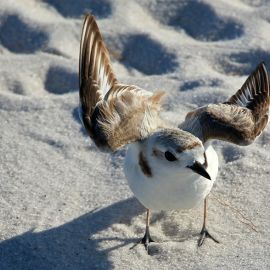
by Erika Zambello
For those who bird on the Emerald Coast, Snowy Plovers are a relatively common sight on Okaloosa Island – once you walk away from the more crowded beach access points. Less than seven inches long and lighter…
Read more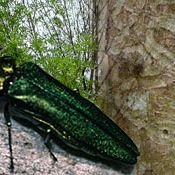
by Merri Collins
A small green beetle could be responsible for the destruction of all 7.5 billion ash trees throughout Canada and the U.S. It has already ravaged 100 million ash trees across 14 states and parts of Canada,…
Read more
by Merri Collins
The Florida black bear, a subspecies of the North American black bear, was removed from Florida’s Endangered Species List by the Florida Fish and Wildlife Conservation Commission on June 27th.
Read more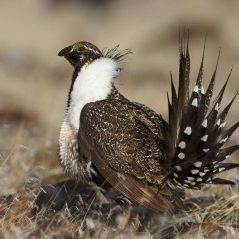
by Merri Collins
A dramatic decrease in Canada’s sage grouse population reported this spring has led many to believe this prairie bird, listed as endangered in Canada since 1998, is facing extinction.
Read more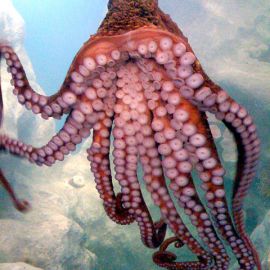
by Merri Collins
The solitary and elusive Giant Pacific octopus, found in coastal waters of the North Pacific, holds the title of largest and longest-lived of the octopus species. The largest Pacific octopus on record…
Read more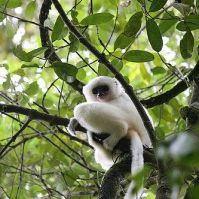
by Merri Collins
The silky sifaka is a rare species of white lemur, known in Madagascar as the “ghost of the forest”, for its ability to evade the human eye by swinging swiftly through the tree tops. Silkies are one of…
Read more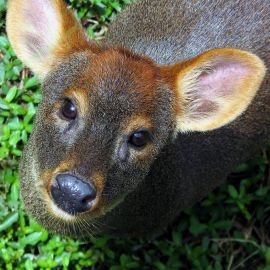
by Merri Collins
Pudú are the world’s smallest deer species, found in the temperate forests of South America. Like other deer, pudú eat foliage, shoots, twigs, bark, buds, fruit and seeds.
Read more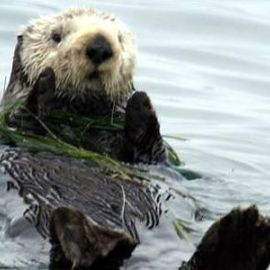
by Merri Collins
Recently, the U.S. Fish and Wildlife service recognized the 40th anniversary of the Marine Mammal Protection Act (MMPA).
Read more
